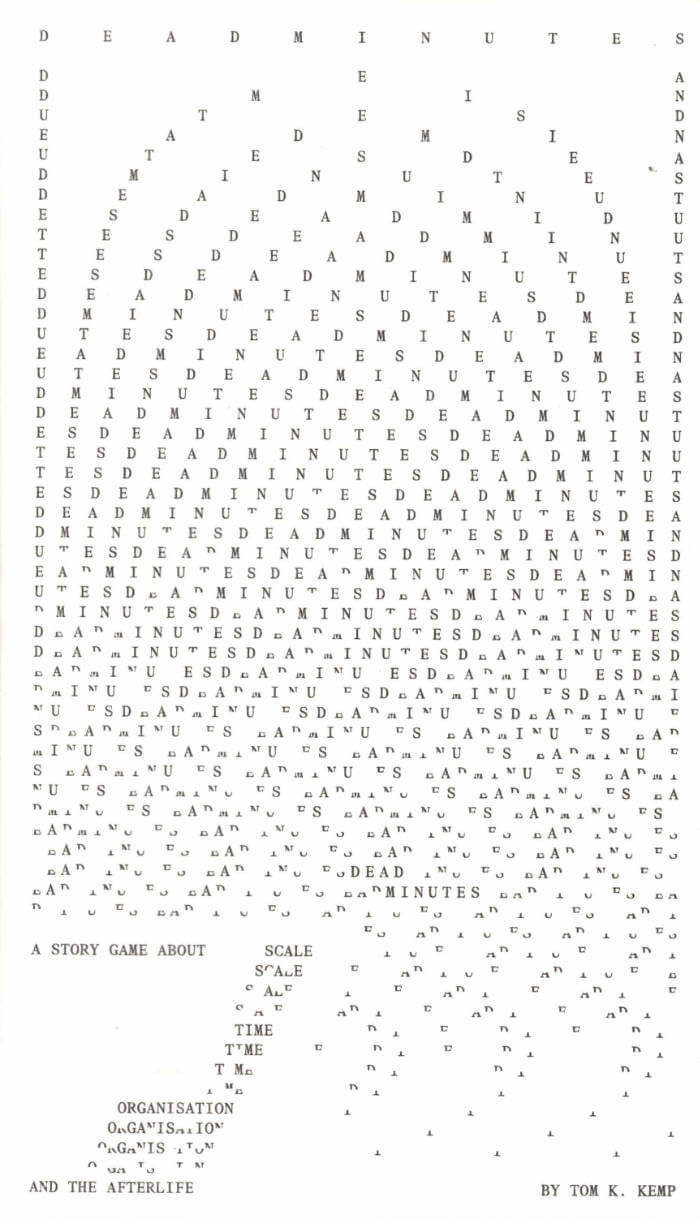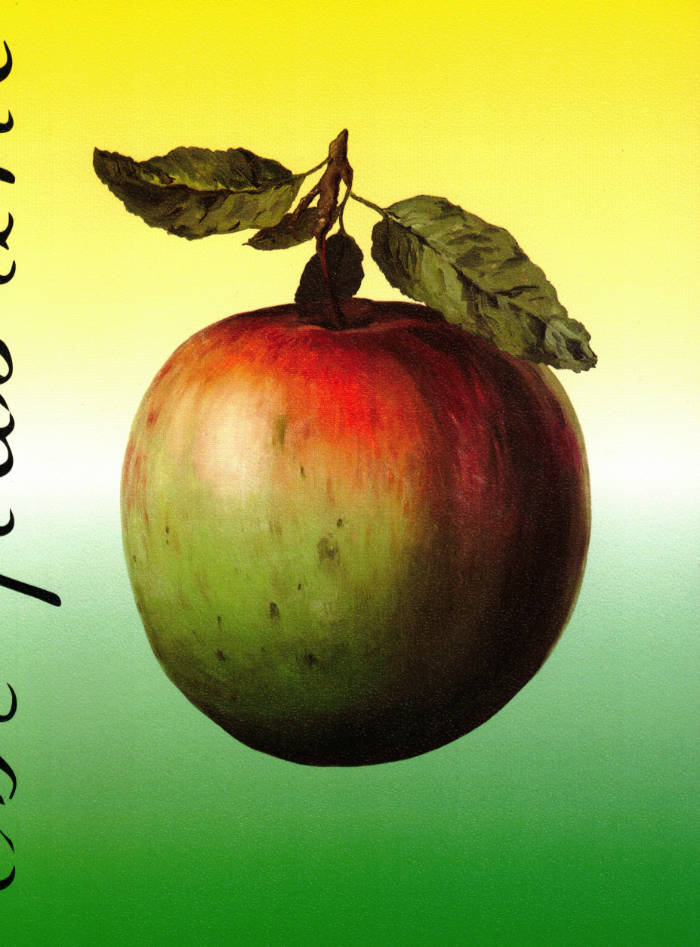
the project
the project - a project about love and intimacy. 'It is a method that touches on (or rather, crashes into) some (artistic) ‘taboo’s’, surrounding the ways in which the autobiographical, one’s intimate life and those who partake in that, can and ought to be dealt with within one’s artistic work. She ‘gets away with it’ and I think the reason for that is that she doesn’t try to spare herself or seek a safety zone, nor does she shun her artistic, author’s responsibility: she is constantly both in the middle of the sticky hot soup in which she is cooking her research and she doing the stirring, the spicing and the serving.' - Philippine Hoegen







